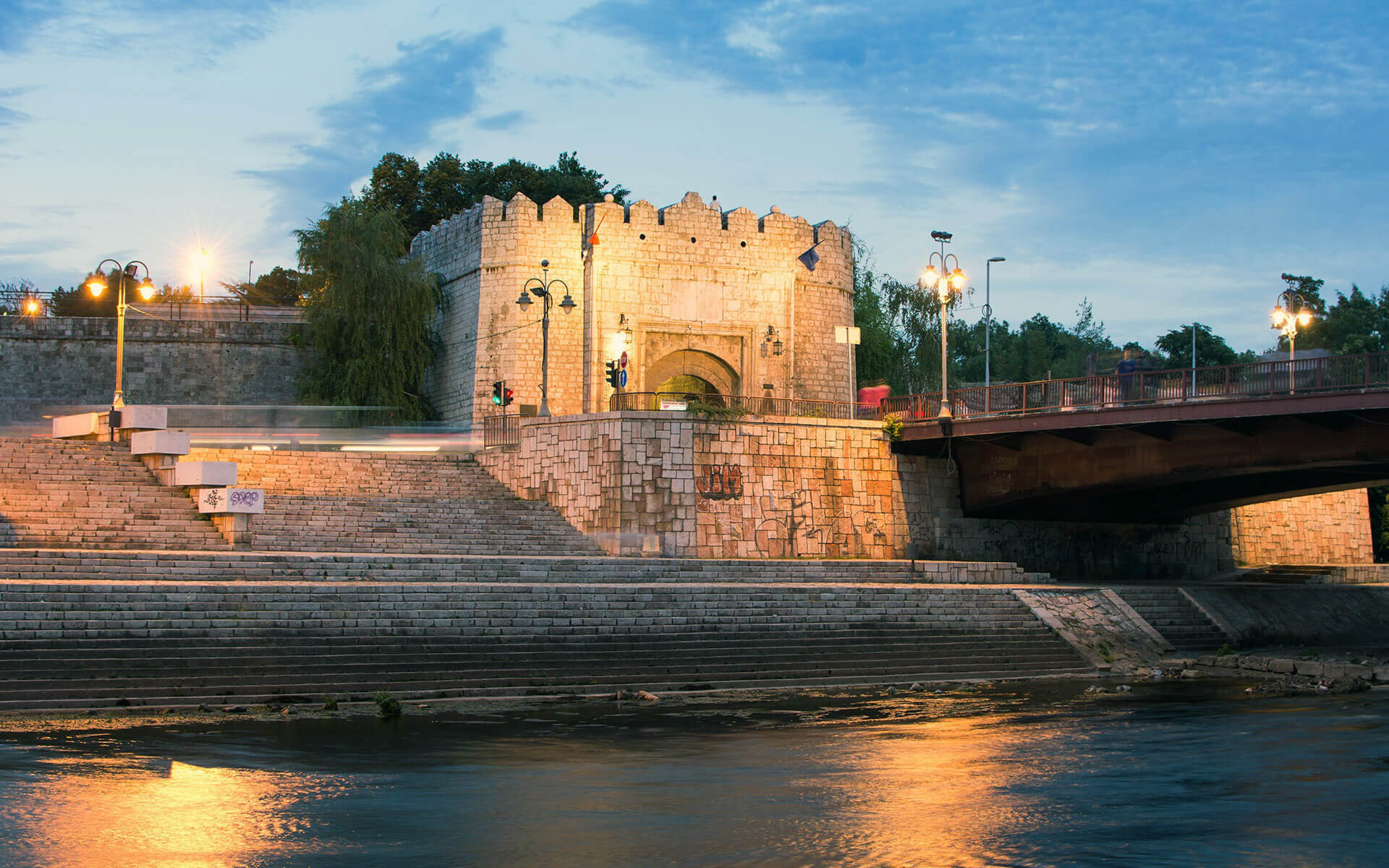Niš is the third-largest city in Serbia and the capital of southern Serbia (after Belgrade and Novi Sad). It serves as the administrative hub of the Nišava District. According to the 2011 census, the city has a population of 183,164, while the Niš urban area (including the nearby urban community of Niška Banja) has a population of 187,544; the administrative area has a population of 260,237.
It is one of the oldest cities in the Balkans and Europe, and has long been regarded as a crossroads between the East and the West. It was built in 279 BC by the Scordisci during a Balkan invasion. The city was one of several taken in the Roman conquest in 75 BC; in the first century, the Romans built the Via Militaris, with Naissus being one of its key towns; it is also the birthplace of Constantine the Great, the first Christian Emperor and founder of Constantinople, as well as Constantius III and Justin I. It is home to one of Serbia’s oldest churches, which dates back to the 4th century and is situated in the Mediana area. The Eastern Roman (Byzantine) Empire ruled over the Balkans. Slavs began inhabiting the Balkans in the sixth century, and the town was controlled by the Byzantines until the ninth century, when it fell under Bulgar control. The town was passed between the two until being granted to the Serbs by the Byzantines in the 12th century. Stefan Nemanja’s capital was Niš. It was taken by the Ottomans in the 15th century, and it became the seat of a sanjak, first in Rumelia Eyalet (1385-1443, 1448-1846), then in Niš Eyalet (1846-1864), and ultimately in Danube Vilayet (1864-1878). During the Serbian–Ottoman War (1876–78), the Serbian Army liberated it in 1878.
Niš is one of Serbia’s most major industrial hubs, home to the electronics, mechanical engineering, textile, and tobacco industries. Its international airport is Constantine the Great Airport. In 2013, the city hosted the 1700th anniversary of Constantine’s Edict of Milan.


